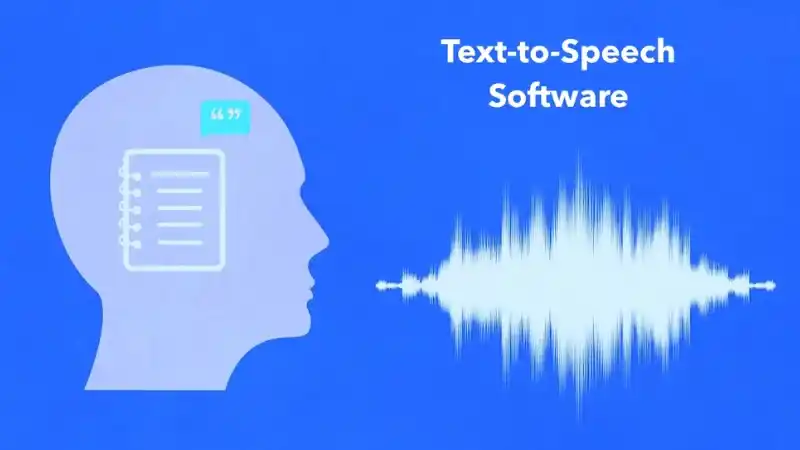The world of gaming has evolved immensely over the past few decades, and one of the most exciting innovations has been the integration of Artificial Intelligence (AI) with voice technologies. One prime example of this is the “Nightmare Fredbear AI Voice Text-to-Speech.” This technology blends the terrifying character of Nightmare Fredbear from the Five Nights at Freddy’s (FNaF) universe with advanced AI voice synthesis capabilities, opening up new possibilities for both gaming experiences and AI developments.
What is Nightmare Fredbear
Nightmare Fredbear is a character from the Five Nights at Freddy’s (FNaF) franchise, a popular horror game series created by Scott Cawthon. This character is a nightmarish version of Freddy Fazbear, known for his frightening and sinister appearance, as well as his association with the dark and suspenseful atmosphere of the game. Nightmare Fredbear is one of the antagonists in the series, often lurking in the shadows and causing tension and fear for players.
The Concept of AI in Gaming
Artificial Intelligence (AI) has made significant advancements, particularly in the gaming industry. AI is used to create more immersive and responsive experiences, including generating realistic behaviors for characters, reacting to player actions, and offering unpredictable interactions that maintain the suspense. One of the most intriguing applications of AI in gaming is the use of AI-generated voices for characters, which helps bring them to life in a more authentic way.
The Role of Text-to-Speech (TTS) Technology
Text-to-Speech (TTS) technology allows machines to convert written text into spoken words, simulating human-like speech. TTS has made incredible strides, with modern AI tools capable of generating voices that sound natural and dynamic. By using advanced AI algorithms, TTS engines are able to mimic different tones, emotions, and accents. This technology is being incorporated into various applications, from accessibility tools to video games.

For characters like Nightmare Fredbear, a realistic and eerie voice generated by TTS technology can add a significant layer of realism and fear to the gameplay experience.
Nightmare Fredbear AI Voice: Enhancing the Horror Experience
The combination of Nightmare Fredbear and AI voice technology creates an immersive horror experience like no other. The nightmare-themed character, whose voice is typically deep, menacing, and chilling, can be enhanced by AI-based TTS engines that reproduce the terror that players feel when encountering the character.
By using voice synthesis technologies, developers can create more fluid and responsive dialogues for Nightmare Fredbear. For example, the AI could react to player movements, triggering a personalized vocal response that increases the tension in the game. The AI-generated voice could also be used in fan projects or custom-made content, adding to the lore and expanding the reach of the FNaF universe.
Benefits of AI Voice Synthesis in Gaming
Immersive Experience: AI-generated voices, especially those tailored for horror genres like FNaF, can significantly elevate the gaming atmosphere. A perfectly crafted voice for Nightmare Fredbear can send chills down the spine of players, making them feel more immersed in the terrifying environment.
Customization and Variety: AI TTS systems allow for the creation of multiple versions of a character’s voice, catering to different preferences or experiences. Developers can use AI to generate voices that adjust based on the intensity of the situation, adding layers to the narrative and gameplay.
Cost-Effective and Time-Saving: AI-based voice synthesis can reduce the need for hiring voice actors, cutting down on production time and costs. For smaller developers or indie projects, this is especially beneficial as they can access high-quality, customizable voices at a fraction of the cost.
Real-Time Responses: AI-powered voices can react in real-time to player actions. In the case of Nightmare Fredbear, this could involve dynamically generated phrases that respond to the player’s choices or movements, making the game feel more interactive.
How AI Text-to-Speech Works for Nightmare Fredbear
Voice Model Training: To create an AI-generated voice for Nightmare Fredbear, a deep learning model is trained using existing voice data. This includes analyzing how certain words and phrases should sound, the emotional tone behind them, and how the character’s voice should evolve.

Emotion and Tone Modulation: Once the model is trained, it can be modulated to produce specific tones. For Nightmare Fredbear, this means a deep, foreboding voice with hints of malice and dread. AI can adjust the pitch, speed, and tone of the voice, giving the character a chilling presence that matches the dark atmosphere of the FNaF universe.
Integration in Games: Once the voice model is created, it can be integrated into video games. AI systems will ensure that the character’s voice is contextually appropriate, reacting to in-game events, such as the player entering a room or triggering an encounter.
Future of AI in Gaming
The success of technologies like Nightmare Fredbear’s AI voice shows a promising future for AI in the gaming industry. As AI evolves, we can expect even more sophisticated voice synthesis systems that allow for more nuanced performances, providing characters with individualized voices that feel alive and reactive. This technology may also play a crucial role in virtual reality (VR) and augmented reality (AR) games, where realistic voice interactions can take immersion to new heights.
The integration of AI voice synthesis into gaming, as seen with Nightmare Fredbear, is a significant leap forward in creating more immersive and realistic gaming experiences. With its ability to dynamically generate chilling, personalized voices, AI-driven Text-to-Speech technology holds the potential to transform not just horror games but the entire gaming industry. As AI continues to advance, players can look forward to increasingly lifelike and interactive characters that will enhance the emotional depth and thrill of their favorite games.

